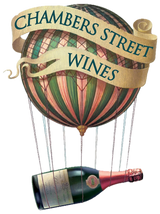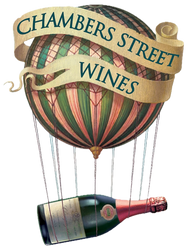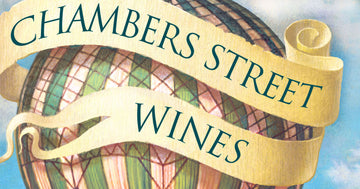Roberto Henriquez: Modern Classics from Itata and Bío Bío

Vitis vinifera, the Eurasian wine grape, arrived in Chile in the 16th century. The grapes that arrived were either Pais or the common ancestor it shares with California’s Mission, the Listán Prieto of the Canary Islands, and a set of other red varieties closely connected to the history of Spanish colonialism in the Atlantic and the Americas. Pais remained the main grape of Chile late into the 20th century, but in the global wine trade it was Cabernet Sauvignon that came to dominate Chilean exports. Pais was steadily relegated to domestic consumption, and plantings steadily decreased.
That is beginning to change due to the tireless hard work of growers like Roberto Henriquez in the Itata, Bío Bío, and Maule river valleys at the southern end of Chile’s viticultural area (about the same distance from the Equator as Spain or central California). These river valleys, with their difficult granitic and sandy soils, were among the first vineyards in South America; it is fascinating and exciting to witness their reemergence, and a joy to taste the wines made from these grapes. Adding to my interest is one of Chile’s unique blessings: its freedom from the scourge of Phylloxera. The North American louse, which decimated vineyards across the globe in the late 19th and early 20th centuries, never reached Chile. The result is very old vines and vineyards, some dating to the 19th and even 18th century, that endure and thrive.
Roberto Henriquez farms these old vines in Bío Bío and in Itata. All of his red wines come from the ancient Pais grape, and all are single-vineyard expressions of this very terroir expressive variety. The white or orange wines come from Semillon, Corinto (Chasselas) and Moscatel, varieties whose arrival in Chile postdates Pais, but was long enough ago that these vines are 90 or more years old (I don’t know and I haven’t been able to find out when they showed up in Itata and Bío Bío – if you have any insight, please reach out!). Roberto doesn’t own all of the plots that produce the wines on offer today, but he does manage all of the (organic) farming.
In the cellar, Roberto is focused on tradition. His winery features few ‘modern’ or industrial tools and is not temperature controlled. The white and red wines are made identically, just as they were in the past: all grapes are destemmed then allowed to ferment in tank (only indigenous yeasts) with the skins included. There are no pump overs, and the length of the skin maceration is determined by the length of the fermentation; once fermentation is completed, each tank is pressed.
Sometimes, when I write these emails about a producer, I feel like I’m broadcasting something that has somehow remained a secret to the whole Chambers Street email list. I feel like that today. I truly cannot believe how good the Roberto’s 2019 wines are. I’ve had the good fortune to taste these bottles all together and then separately over the past week. To say that they’ve overperformed their price is to diminish them: these are limited production, serious, thoughtful natural wines of terroir that cap out at $30 a bottle. They are all from single vineyards of very thoughtfully farmed old vines. And each is a different expression of Chile’s south. If you feel a strong affinity towards “old world” wines, these are in every respect “older” than many “old world” wines: they come out of a long-established viticultural tradition, they express their individual soils and climates, and they employ grape varieties that are, at this point, adapted to and expressive of their environment. Perhaps it is not a tradition to which we have had the same exposure, but I would contend that these wines are, by virtue of their quality, their artisanal production, and their connection to history, classics.
*Thank you Lena Olson of T. Edward Wines and Spirits and Roberto Henriquez for the information that made this email possible!
-Ben Fletcher


